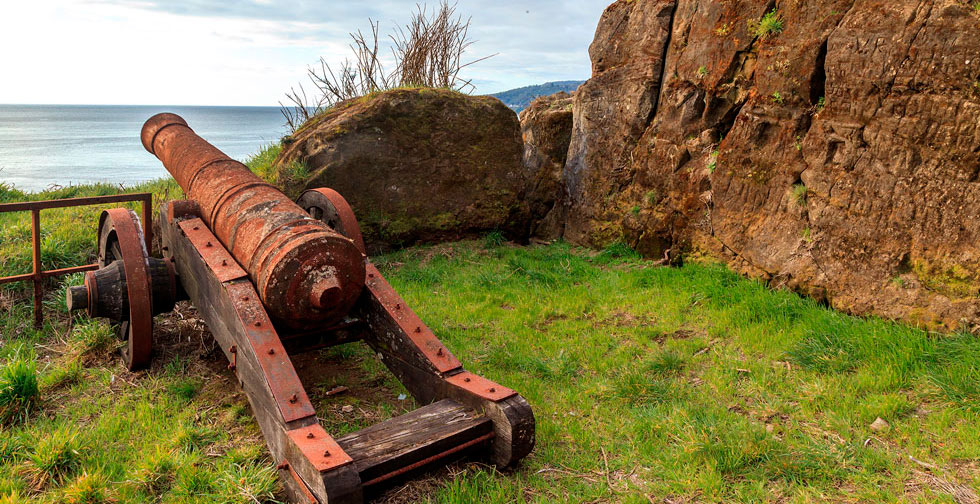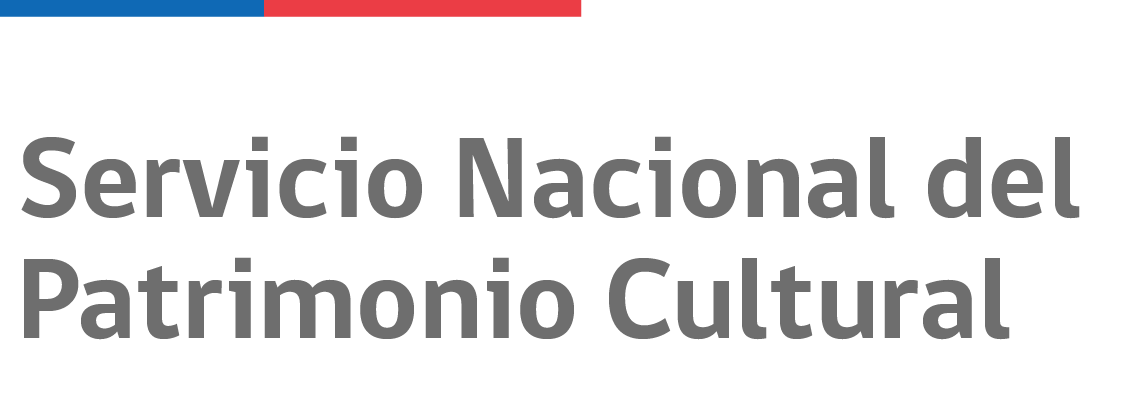
Services:
- Disabled access
- Guided visits
- Floor map
- Public transport
- Parking
Opening times:
Admission:
About the institution

Original cannon with its battlement.
Until the Panama Canal opened in 1914, the port of Valdivia in southern Chile was a key stopping-off point for ships sailing between the Atlantic and the Pacific. Nestling up the estuary of the Valdivia River, the port was safe and sheltered and had an ample supply of fresh water but, precisely for that reason, there were also many struggles for its control.
Seized in the name of Spain by Genoese captain Juan Bautista Pastene in 1544, the city was recaptured by the indigenous Mapuche in 1599. Then, in 1643, Dutch pirates decided to establish a base there, prompting the Viceroy of Peru to dispatch an Armada to refound the city.
This was followed by the construction - mostly by prisoners brought in from around the Viceroyalty - of what is considered the largest defense system of castles and fortifications in the Pacific. It was designed principally to ward off future attacks from pirates and was so successful that, although some were reportedly mooted, none occurred.
As well as Niebla Castle, the system included castles in nearby Corral and Amargos and on Mancera Island, all designed to be within crossfire distance of each other.
They remained in Spanish hands until 1820 when Valdivia was captured - by land - on behalf of the newly independent Chilean Republic by Scottish Admiral Thomas Cochrane.
Throughout the nineteenth century, the fortifications remained abandoned. Restoration work began at Niebla in the mid-twentieth century and it was declared a National Monument in 1950.
The Museum
The current Museum, whose inauguration in 1992 was attended by the King of Spain, was built on the walls of the Keeper's House and the soldiers' barracks, conserving the essential features of these eighteenth-century constructions.
As well as showing the different stages in the history of the fortification system, the Museum includes exhibits about everyday life in Valdivia during the Spanish colonial period.
Outside, the site contains a remarkable battery of 14 cannons on a headland that towers 40 meters above the sea.
Don't miss
In the powder house, note the hollow walls. They helped to keep the powder dry. Note also the sandstone rocks that were used to build the Castle. Locally, they are known as cancagua and formed during the last interglacial period between 120,000 and 90,000 years ago.


